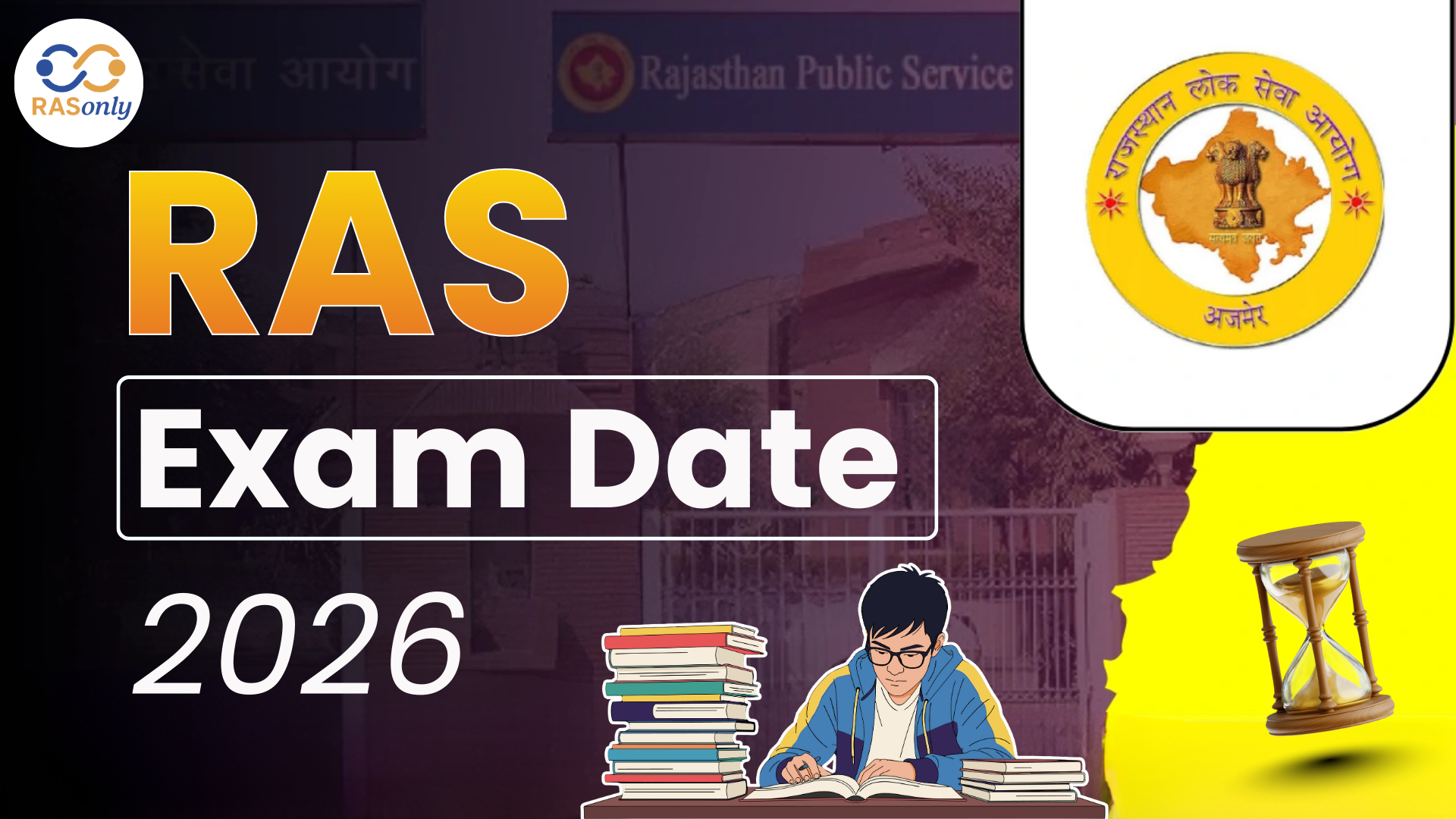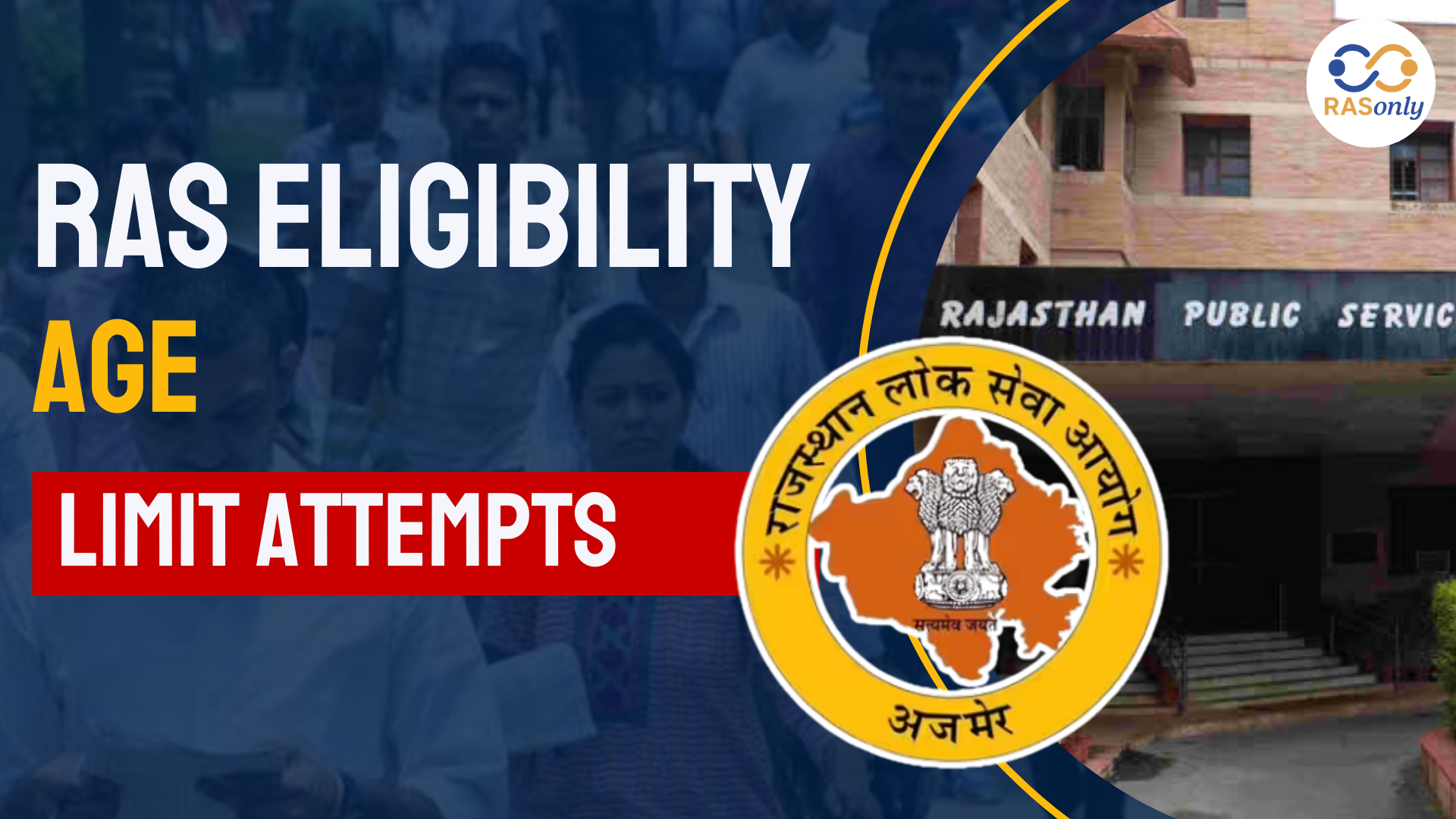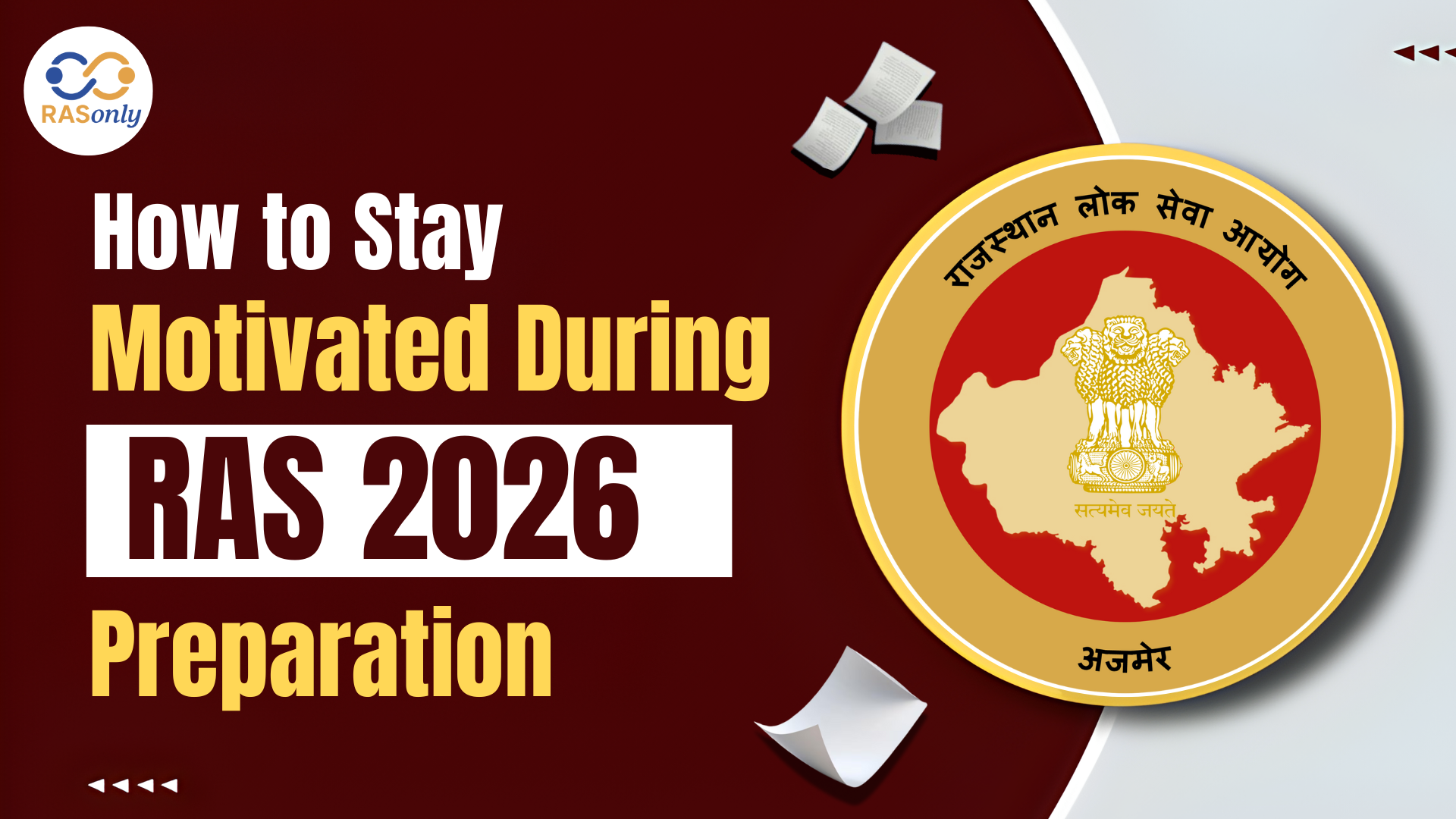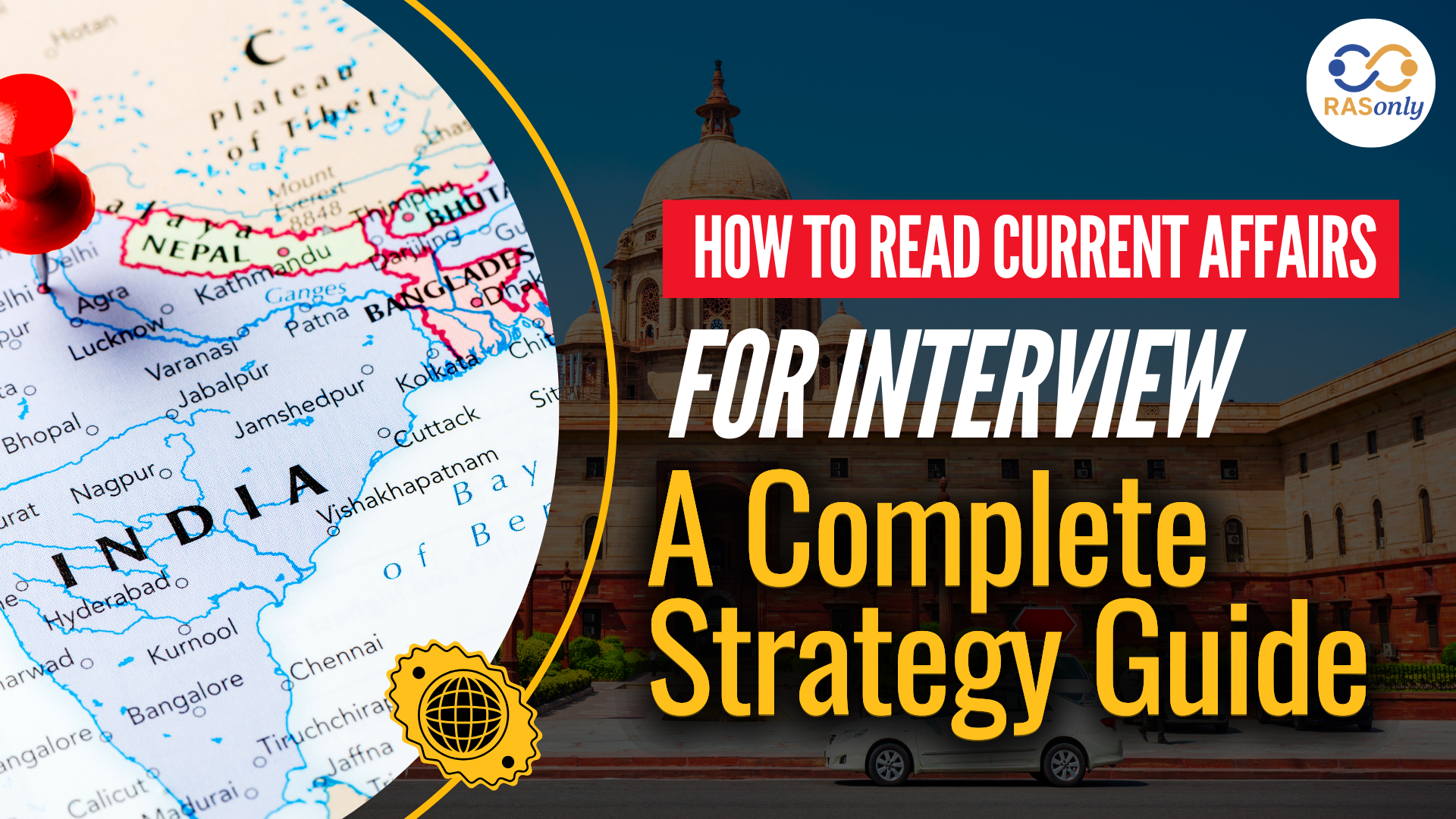RAS Exam Date 2026 for Notification, Prelims, Mains Date
- >
- RAS Preparation Resources
- >
- Revolt of 1857: Reasons, Impacts, Leaders
Revolt of 1857: Reasons, Impacts, Leaders

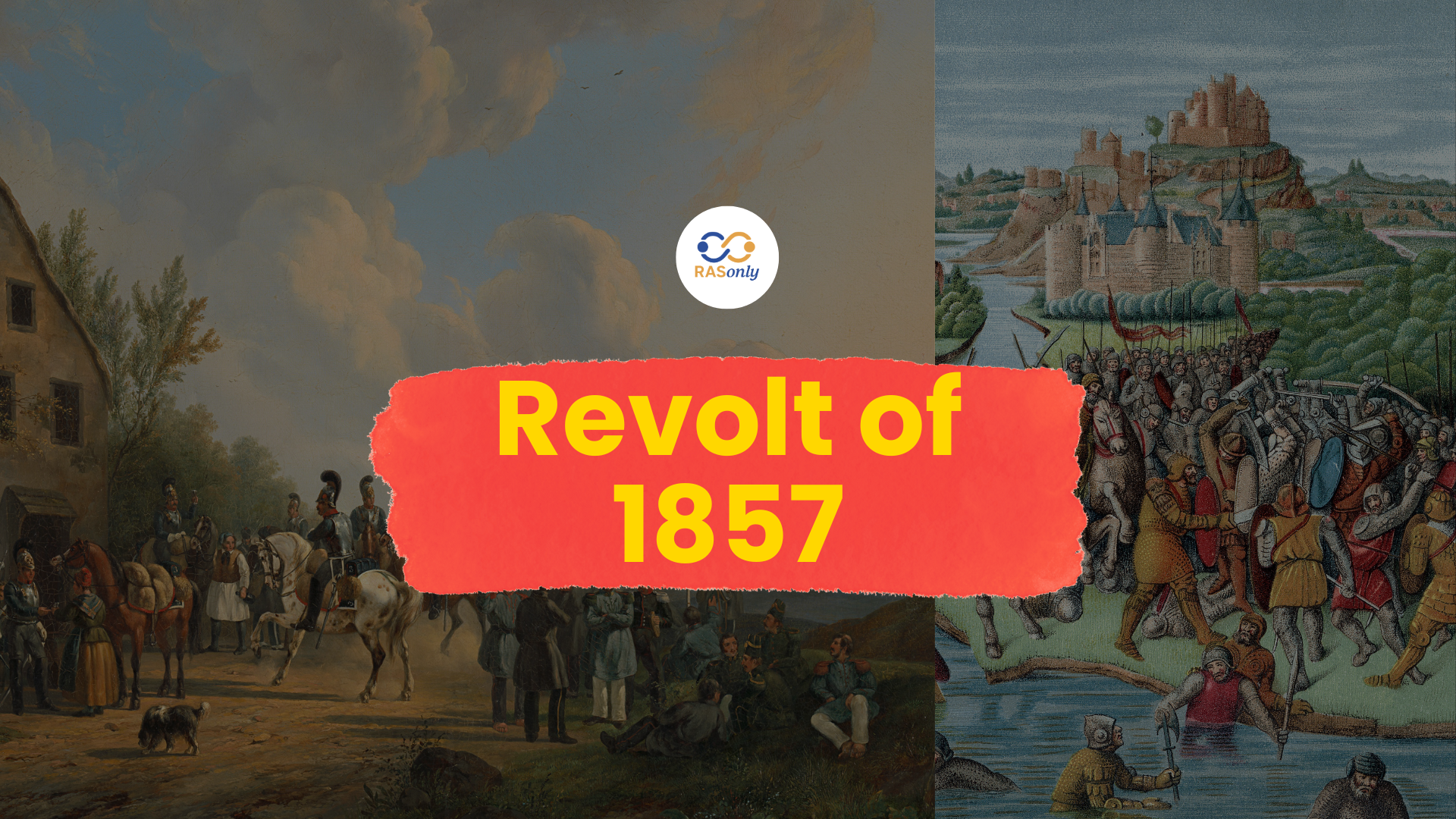
The Revolt of 1857 was the first mass rebellion in arms against colonial British rule in India spanning across many regions in India beyond a sepoy mutiny into being. It was driven by grievances which were political, economic, social, and military. Such leaders as Rani Lakshmibai, Nana Saheb, and Bahadur Shah Zafar participated in the action. Though it failed, it changed the British policies in India massively. It formed a blueprint of future nationalist movements.
Key Points for RAS Mains
- It is also commonly referred to as the First War of Independence in India and it started on the 10 th May 1857 in Meerut.
- It might have ended futilely but it was a big milestone in the revolution of Indian freedom and revealed the extent of hatred towards the colonial authority.
Reasons of Revolt of 1857
1. Political Causes
- Doctrine of lapse: Annexation of states lacking a male heir (e.g Jhansi, Satara).
- Annexation of Awadh (1856): Based on misrule; frustrated nobility, and troops.
- Humiliation of Bahadur Shah Zafar: Refused status of kingship to his lineage.
- Destabilization of Rulers: The local Indian royalties and landlords were robbed.
- Representation: Indians were given no representation in high civil and military positions.
2. Economic Causes
- Drain of Wealth: The Indian resources were utilized to allow British imperialism.
- Land Revenue Policies: Ryotwari, Mahalwari and Permanent Settlement were troubling.
- Looting Of Handicrafts: British products destroyed the native trade and craftsmen.
- Compulsory growth of Cash Crops: Indigo and opium were grown which caused food scarcity.
- Unemployment / Poverty: The massive loss of jobs among sectors.
3. Social Causes
- Racial Discrimination: The Indians were humiliated and excluded.
- Religious Interference: The legal act such as sati remotion and widow remarriage annoyed conservatives.
- Christian Missionary Activity: Forced religious conversions: This was feared.
- Diminution of Prestige: Loss of prestige of the traditional social elites (pandits, maulvis).
4. Administrative Causes
- Weakening of traditional authorities under the influence of centralization of power.
- Unjust Law and Order: English laws applied without any concern to culture.
- Military Unrest:Bangladeshi sepoys are not well paid, underranked and not respected.
Timeline of the Revolt
|
Date |
Event |
|
29 March 1857 |
Mangal Pandey revolts at Barrackpore |
|
10 May 1857 |
Revolt begins in Meerut; sepoys march to Delhi |
|
June 1857 |
Nana Saheb leads Kanpur revolt |
|
June–July 1857 |
Uprisings in Lucknow, Bareilly, Jhansi |
|
Sept 1857 |
British recapture Delhi |
|
March 1858 |
British suppress the revolt across major centres |
|
August 1858 |
Queen’s Proclamation, end of East India Company rule |
Prominent Leaders
|
Region |
Leader(s) |
Role |
|
Delhi |
Bahadur Shah Zafar |
Symbolic emperor of revolt |
|
Kanpur |
Nana Saheb, Tatya Tope |
Military leader; declared self as Peshwa |
|
Jhansi |
Rani Lakshmibai |
Led Bundelkhand resistance, fierce warrior |
|
Lucknow |
Begum Hazrat Mahal |
Fought for son’s throne; led Awadh’s uprising |
|
Bihar |
Kunwar Singh |
Led revolt in Arrah; elderly yet active leader |
|
Bareilly |
Bakht Khan |
Formed soldiers’ council; led Delhi resistance |
Reasons of Failure
- Inadequate Co-ordination: There is no main structure or single ideology to be followed.
- Light Geographical Diffusion: South and Punjab did not make any effort.
- Lack of Middle Class backing: Learned Indians were not joining.
- Treason by Indian Rulers: By our rulers there was a widespread defection to the British.
- British Superiority: Superior fire-power, well trained soldiers.
- No Clear Goal: The exclusive goal being the truncation of British rule, there was no other governance plan on the horizon.
Consequences
Political Changes
- And the End of East India Company: The Administration shifted to the British crown through the Govt. of India Act, 1858.
- Inauguration of Secretary of State of India.
Military Reorganization
- The increase of British Troops: ratio changed in favor of Europeans.
- Partition of Caste & Region: Barred Indian troops to unite.
Policy Shifts
- No Annexation: Princes to be authorized to take heirs.
- divide & rule: exploited Hindu Muslim differences
- Selective patronage: Muslims are specially marginalized.
Aspects of the Revolt
- Northern Centered: Delhi, Kanpur, Lucknow, Jhansi, Bareilly.
- The Strength of United Front: Hindus and Muslims fought together.
- Mass Participation: Sepoys, peasants, artisans, landlords.
- Symbolic Leadership: Bahadur Shah II as an integrative person.
- Violent suppressions: Killing and destruction by British.
- First Spark of Nationalism: is the inspiration of future freedom movements.
Conclusion for RPSC
Although the uprising was suppressed, it transformed British colonialism and created nationalism awareness in India. It continues to be a forceful image of defiance and sacrifice on the part of the Indian struggle to independence.
Post Category
- RAS Salary
- Result
- RAS Admit Card
- RAS Job
- RAS Cutoff
- Preparation Tips
- RAS Answer Key
- RAS Exam Analysis
- RAS Syllabus
- RAS Previous Year Papers
- RPSC RAS Exam Pattern
- RAS Interview
- RAS Mains Exam Date
- RAS Vacancy
- RAS Test Series
- RAS Best Books
- RAS Preparation Resources
- RAS Coaching Centre
- History
- Polity
- Geography
- Economics
- Science
- Art and Culture
- RPSC RAS Application Form
- RPSC RAS Notification
RASonly Interview Guidance Program

Mr. Ashok Jain
Ex-Chief Secretary Govt of Rajasthan
- IAS officer of the 1981 batch, Rajasthan cadre.
- Passionate about mentoring the next generation of RAS officers with real-world insights.
- Got retired in Dec 2017 from the post of Chief Secretary of the state of Rajasthan.

Mr. Guru Charan Rai
Ex-ASP / SP in Jaisalmer
- Guru Charan Rai, IPS (Retd), retired as Inspector General of Police (Security), Rajasthan, Jaipur in 2017.
- Served as ASP and SP in Jaisalmer, Nagaur, Sri Ganganagar, Sawai Madhopur, Dausa, Sikar, and Karauli.
- He also held key positions as DIGP and IGP in the Law and Order division.

Mr. Rakesh Verma
Ex-IAS Officer, B.Tech, MBA, and M.A. (Economics)
- IAS officer of the 1981 batch and retired in Chief Secretary Rank.
- Civil servant of high repute and vast experience.
- Has been teaching UPSC CSE subjects for the last six years.
Related Post
👉🏻 Register Today to Join Classes! 👍🏻
- Team RASOnly -
🎯 Benefits of RASOnly Coaching:
- ✅ 1:1 Mentorship with RAS Officers
- ✅ Experienced and Expert Faculty
- ✅ Free Library Access
- ✅ Daily Minimum 4 Hours Must
- ✅ Comprehensive Study Material
- ✅ Regular Tests & Performance Analysis
- ✅ Personalized Guidance & Doubt Solving
- ✅ Online & Offline Class Options
- ✅ Affordable Fees with Quality Education
Key Highlights:
- 👉🏻 3-Day Refund Policy
- 👉🏻 New Batch Starting from 04 August
- 👉🏻 Registration Amount: Only ₹1000

